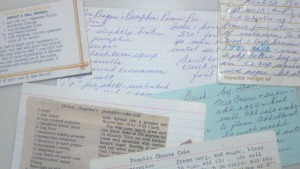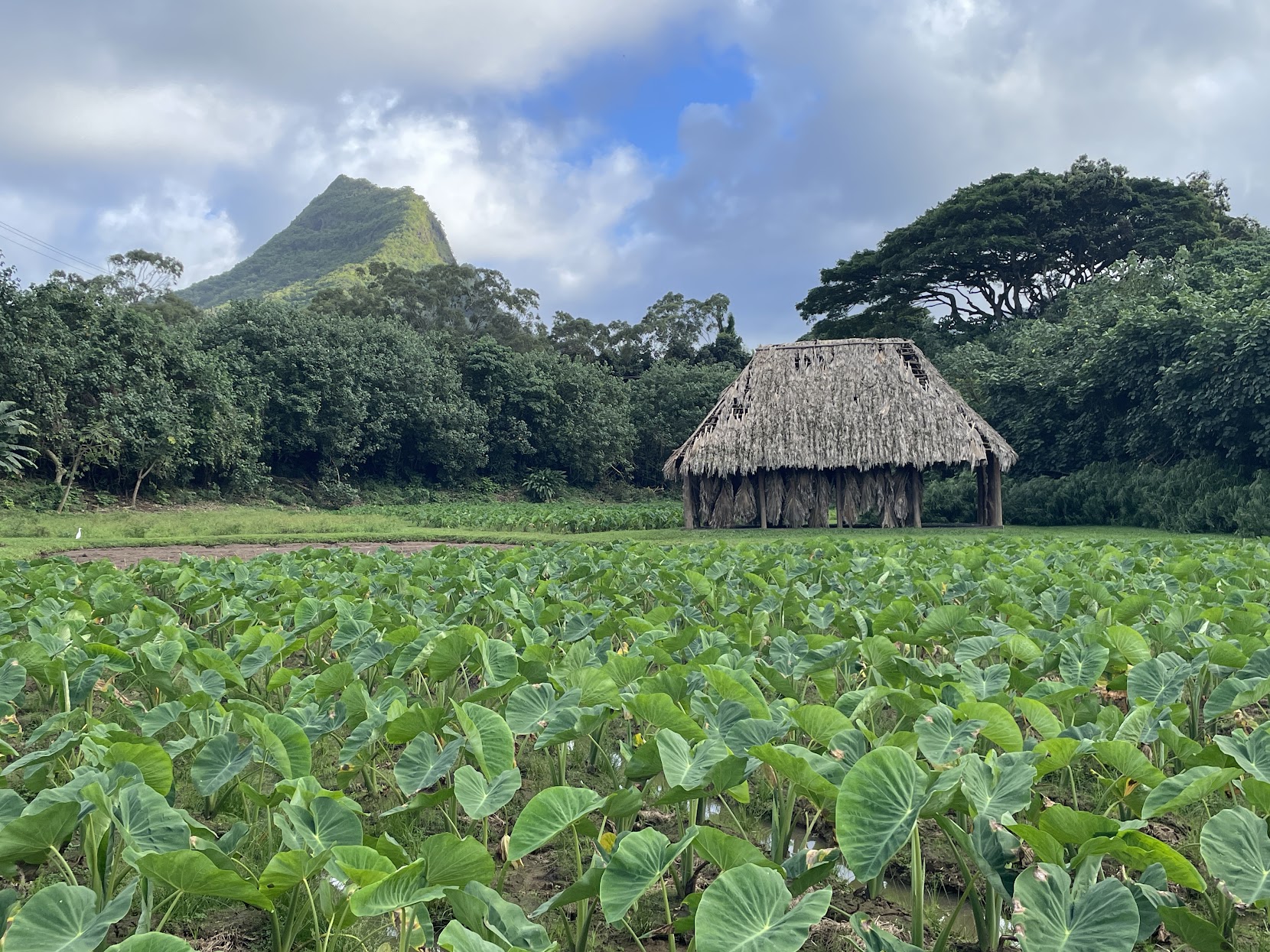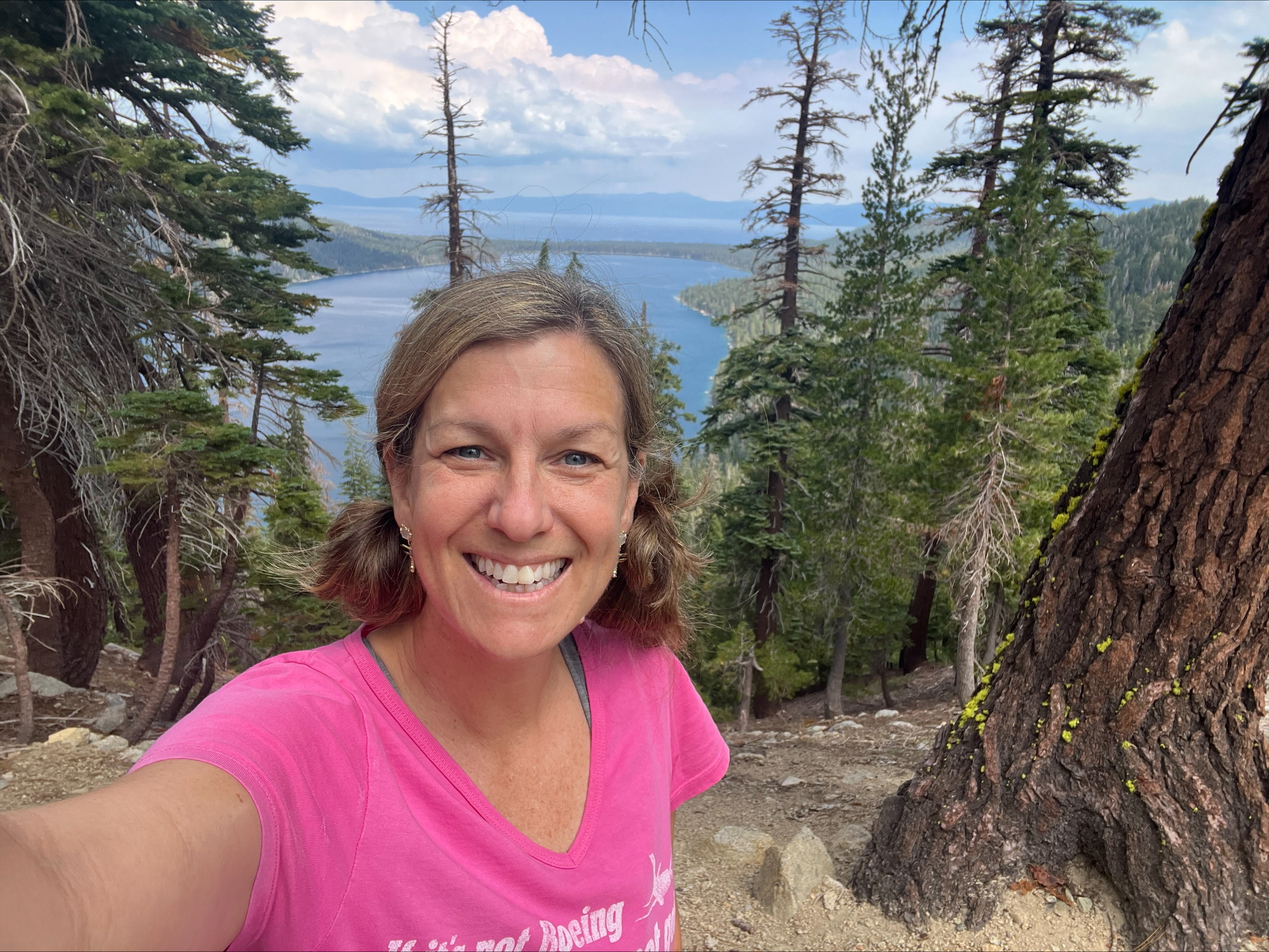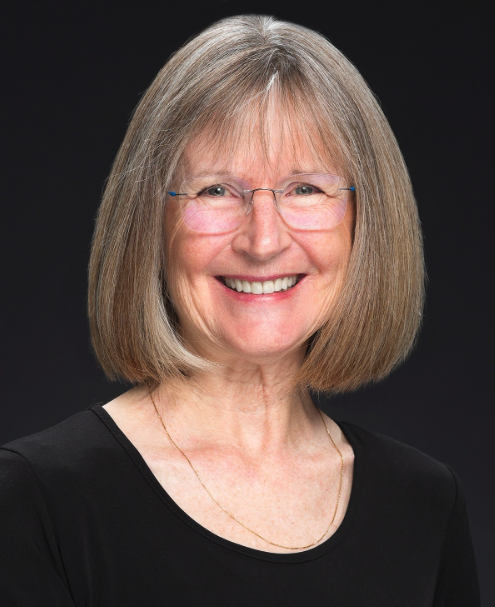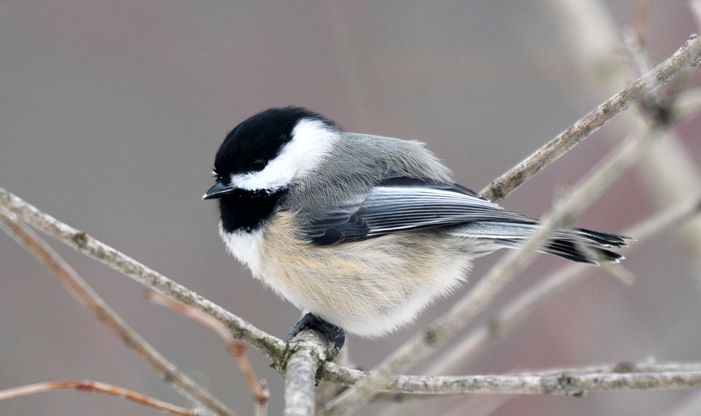I have recently become the reluctant chief curator of an entire houseful of my parents’ stuff. This summer, Mom and Dad moved into an assisted living facility, and now my brothers and I are faced with emptying the home they built and moved into almost fifty years ago.
So the other day, I was over there by myself, opening cupboards and drawers and facing the past. Old church phone directories, my dad’s shoe polish kit, a dozen unmatched winter gloves—you never know what random artifacts you’ll find in this sort of dig. I was cruising along with remarkable emotional equanimity, and then I started on my mom’s recipe boxes.
If the kitchen was command central of her household, then these recipes, I realized, were the mission logs. What a jumble of memory among those 3×5 index cards! I planned to thumb through them just to make sure I retrieved any recipes I especially liked, but instead I discovered a whole social history in miniature.
Here were the cookies, pies, and quickbreads that provided necessary sustenance for decades of Bible studies, potlucks, and parties. And the jello salads and potato salads the women prepared to accompany the steaks and “hamburgs” that the men grilled up on summer weekends when “the gang” gathered at lakes and cottages and campgrounds. And the holiday recipes that Mom collected to keep herself interested in, say, pumpkin year after year as she did all the kitchen work for family gatherings.
I didn’t expect to find in those boxes a delicately traced network of friends. But there they were. “From the recipe files of… Shirley Vanden Brink” says one card. “Here’s what’s cookin’… Marian’s Chicken on Sunday.” “Bernie’s Chocolate Sauce.” “Swedish Butter Cookies”—those were Alice’s specialty. A thank-you card from Alma—“Dear Dot, Thank you for making my 80th birthday a day to remember”—with a recipe for a potato dish hastily scribbled on the back. Mom was a great recycler of paper, and a great keeper of friends.
Recipes passed from friend to friend, handwritten on cards, but the newspaper was also a favorite source of ideas. Several generations of newspaper typography appear in Mom’s files, recipes cut from the paper and stapled or glued to cards. Some of the recipes evoke a different era with their old-fashioned terms—who ever uses the word “oleo” anymore?—and faddish ingredients—why all the Kahlua-laced goodies? Other recipes present a kind of ominous mystery. I found one for “Dirty Diapers” that involved “hamburg” and crescent rolls. Another one, titled “Hanky Panky,” called for ground beef, sausage, Worcestershire sauce, and Velveeta cheese. I guess local-organic-gluten-free-vegan was still a long way off.
Most of all, I found in those files my mother herself, her swooping cursive and her tendency to misspell words like “margerine” and “caluflower” (although, who can blame her for that one?), her expertise at baking ahead for parties and baking on the spot for someone in crisis—and her love. These are the records of her ministry, when you think about it. That’s what food was for Mom: a combination of creativity and service to others at the center of her daily activities. Activities that also included, I should add, plenty of department-store shopping and going out for coffee with “the gals.”
I kept fewer than a dozen of the recipes; I will throw the rest away. Most of the ones I really care about I copied out long ago. My daughter, Mia, now an avid baker, has eagerly inherited all Mom’s pans and kitchen gadgets—but she doesn’t need any yellowing, cryptic recipes to go with the gear. She finds state-of-the-art instructions on the internet, embellished with video and up-to-the-minute commentary from a vast virtual community.
I lament a little as I let these boxes go, these scraps of a disappearing world. Mia and I will carry on Mom’s legacy in our own ways, but nothing can call back the life Mom knew—the tightly interwoven church and school community of those days, that lively group of friends with their constant exchanges of food and laughter and gossip and ordinary companionship. We are watching those years recede now, all their loveliness only remembered.

